Entry Category: Counties, Cities, and Towns
 Belleville Fire Department
Belleville Fire Department
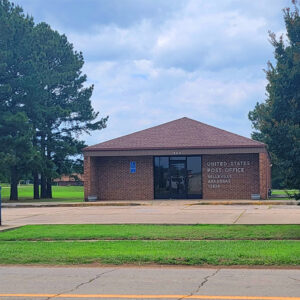 Belleville Post Office
Belleville Post Office
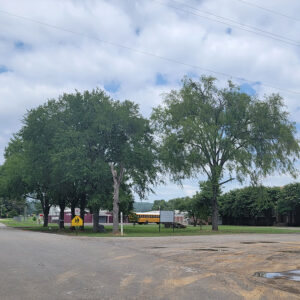 Belleville School
Belleville School
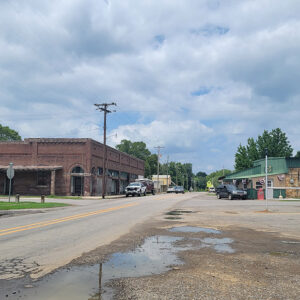 Belleville Street Scene
Belleville Street Scene
Belmont (Pulaski County)
 Belotti Vineyards
Belotti Vineyards
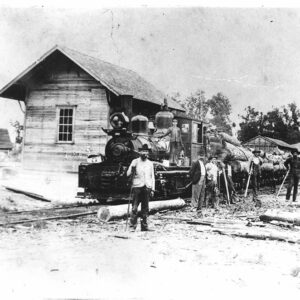 Belton Train
Belton Train
Ben Lomond (Sevier County)
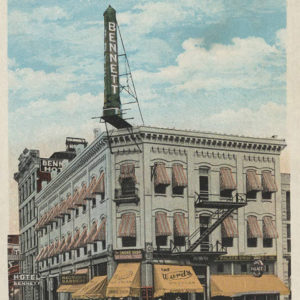 Bennett Hotel
Bennett Hotel
Benton (Saline County)
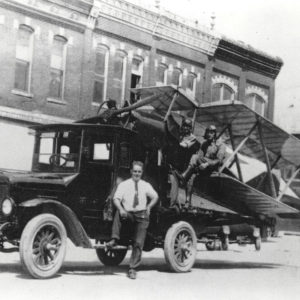 Benton Airplane
Benton Airplane
Benton County
 Benton County Courthouse
Benton County Courthouse
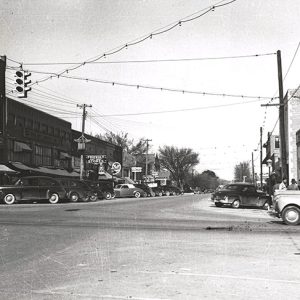 Benton Street Scene
Benton Street Scene
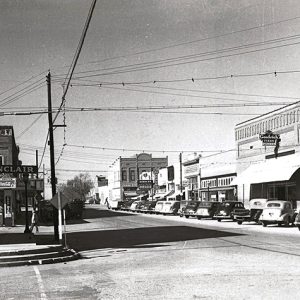 Benton Street Scene
Benton Street Scene
Bentonville (Benton County)
 Bentonville Street Scene
Bentonville Street Scene
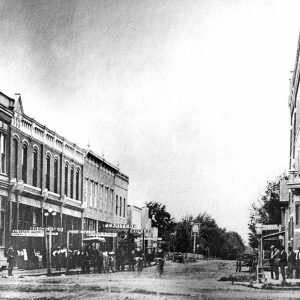 Bentonville Street Scene
Bentonville Street Scene
Bergman (Boone County)
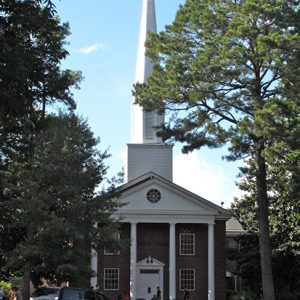 Berry Chapel
Berry Chapel
Berryville (Carroll County)
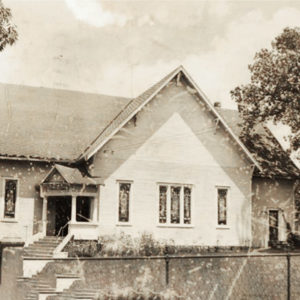 Berryville Church
Berryville Church
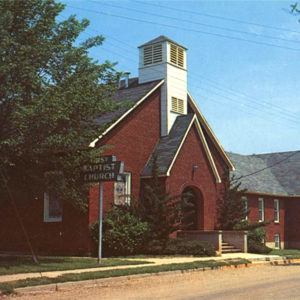 Berryville Church
Berryville Church
 Berryville Street Scene
Berryville Street Scene
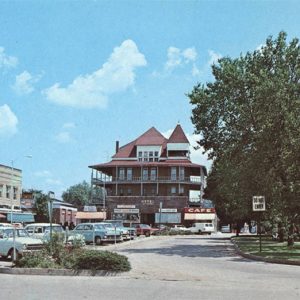 Berryville Street Scene
Berryville Street Scene
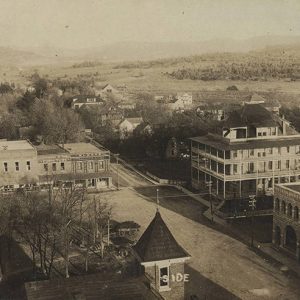 Berryville Street Scene
Berryville Street Scene
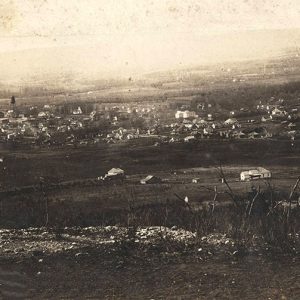 Berryville View
Berryville View
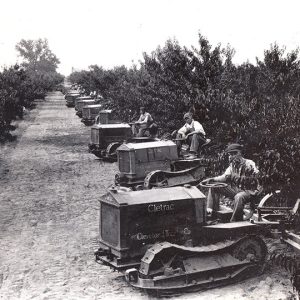 Bert Johnson Orchards
Bert Johnson Orchards
Bertig (Greene County)
 Bertig Bros.
Bertig Bros.
Bethel (Clark County)
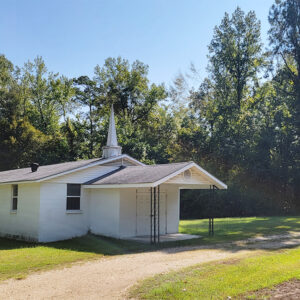 Bethel AME Church
Bethel AME Church
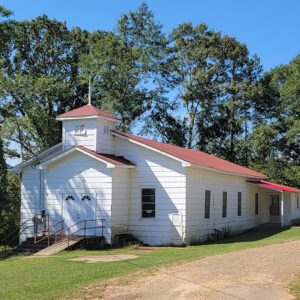 Bethel AME Church
Bethel AME Church
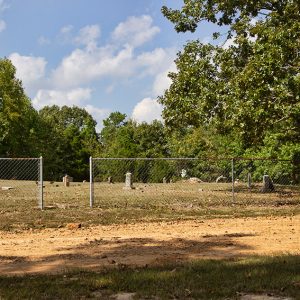 Bethel Cemetery
Bethel Cemetery
Bethel Heights (Benton County)
 Bethel House
Bethel House
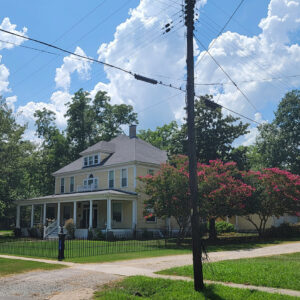 Bedford Brown Bethell House
Bedford Brown Bethell House
Bethesda (Independence County)
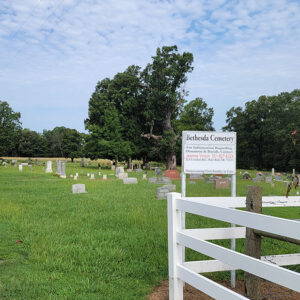 Bethesda Cemetery
Bethesda Cemetery
 Bethesda Church
Bethesda Church
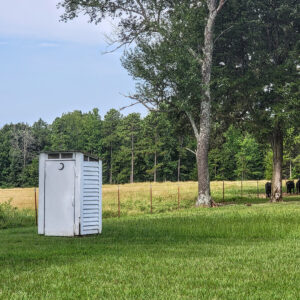 Bethesda Outhouse
Bethesda Outhouse
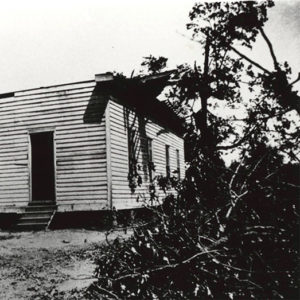 Bethesda Tornado
Bethesda Tornado
 Bevill Hotel
Bevill Hotel
Big Flat (Baxter and Searcy Counties)
Big Fork (Polk County)
aka: Bigfork
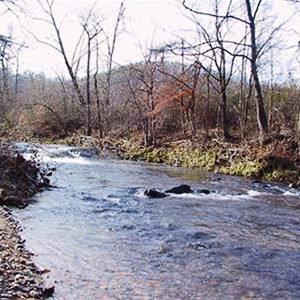 Big Fork Creek
Big Fork Creek
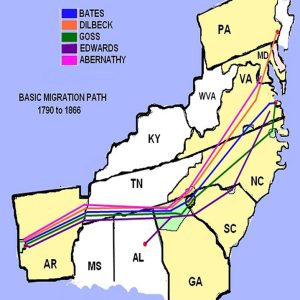 Big Fork Families
Big Fork Families
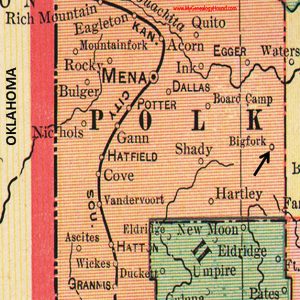 Big Fork Map
Big Fork Map
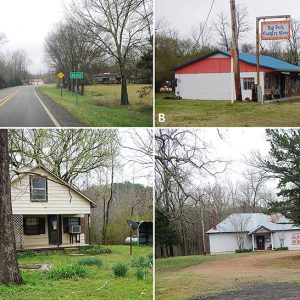 Big Fork Scenes
Big Fork Scenes




